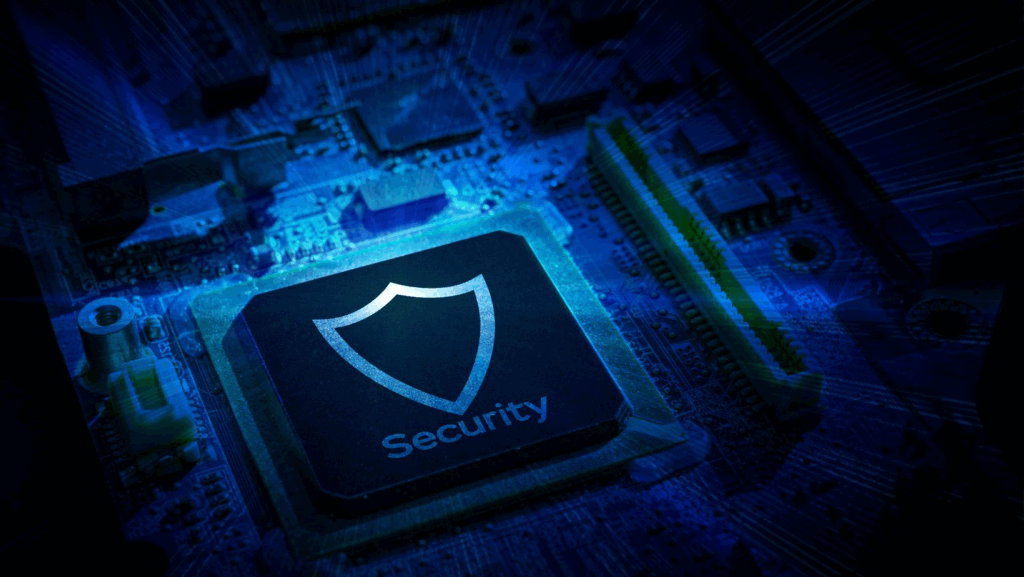Most startups operate under precarious business models, especially during the early product development and funding stages. Growth is the imperative guiding principle by necessity, to the point that fundamentals like developing a robust cybersecurity posture are either shelved until the company is on a more secure footing or ignored outright.
This article explains why paying attention to and analyzing cybersecurity risks is pivotal for any startup’s success. More importantly, it provides an overview of the measures startups need to implement to mitigate the rising quantity and complexity of cyber threats targeting them.
Why is Cybersecurity Risk Analysis Important?
While understandable, the approach mentioned above is detrimental precisely because of startups’ limited finances and lack of developed processes. 60% of small businesses are one major data breach away from unsustainability, and things are no different in the startup world.
If anything, startups have much more to lose than a brick-and-mortar store since innovation and data are their core value drivers. On the one hand, startups with compromised intellectual properties lose their unique value proposition. On the other, potential investors and customers will rightly see the exposure of existing clients’ sensitive information as an indicator of distrust and take their business elsewhere.
That’s all before accounting for fines and other penalties the company may be liable for because of a lack of compliance.
Cyber resilience as a stability and growth factor
Risk analysis is the crucial first step towards building the resilience startups need to face contemporary cybersecurity challenges. It ensures that the most vulnerable assets are identified and protected adequately, which ultimately benefits the business’s overall health and stability.
Shortsighted startups neglect risk analysis because the results aren’t immediate and don’t seem tangible. After all, measuring the impact a robust cybersecurity plan has on investor and customer trust is tricky, and reduced downtime only comes into play if and when an incident does happen.
What Cybersecurity-Related Vulnerabilities Do Startups Face?
Without promoting cybersecurity consciousness, a startup may be affected by several vulnerabilities on both a personal and an institutional level.

For example, employees who lack fundamental cybersecurity training will be more prone to fall for phishing attacks and other forms of social engineering. This is exacerbated by the C-suite and marketing’s efforts to create buzz around the company. The more they promote, the easier it is to find specific information or mimic the CEO’s style. This can result in convincing phishing attacks that trick employees into granting access to sensitive information or authorizing payments to attackers’ accounts.
Hackers may not even need to target employees if core cybersecurity measures are nonexistent or underdeveloped.
They may exploit vulnerabilities in unpatched systems or use privilege escalation to obtain admin-level access. IoT devices like security cameras with unchanged default credentials may serve as network access points. Malicious insiders can also be a threat if the startup hasn’t developed adequate offboarding procedures.
How Can Startups Integrate Effective Cybersecurity Measures?
Cultivating cyber resilience doesn’t need to be time or resource intensive. Everything starts with the realization that cybersecurity should be a major consideration from the first stages of the startup’s lifecycle. Starting early and planning ahead reduces the risk immediately. It also means fewer expenses and no playing catchup as the business grows since the fundamentals will be easier to build upon.
For example, there’s no excuse not to practice the basics, like keeping software and systems up to date. Your most vulnerable digital assets need to be encrypted and backed up regularly. Access to these resources and all digital tools needs to be strengthened through complex passwords backed by some form of multi-factor authentication.
Secure connectivity matters, too. A business-grade VPN keeps data in transit private for remote staff and founders on the go, especially on public Wi‑Fi. Standardize on a provider with modern protocols, a kill switch, DNS leak protection, audited no‑logs policies, and centralized controls for provisioning and revocation; integrate it with SSO and MFA so access stays aligned with role changes. Skip “free” options; if budget is tight, NordVPN discount codes and similar offers can reduce costs while you pilot and scale a reliable solution. When trialing third-party tools or contacting unknown vendors, create a policy to send anonymous email via controlled aliases using a privacy-focused provider like Atomic Mail, so that primary domains and staff identities aren’t exposed, reducing profiling, spearfishing, and spam.
More advanced measures like role-based access control may be needed once there are more specialized low-level employees who don’t need complete clearance to work unimpeded.
Special care needs to be taken when outfitting remote employees. Business-focused eSIM services can ensure that remote or traveling employees avoid unsafe networks like public Wi-Fi without sacrificing coverage or bandwidth. They’re also straightforward to provision or deactivate remotely, which helps maintain security if a mobile device gets compromised or stolen.
External factors
Cybersecurity is first and foremost an internal responsibility. Even so, bringing in outside assistance can be beneficial if there’s still a lack of qualified staff and institutional knowledge. Qualified professionals can help with everything from vulnerability assessments and penetration testing to developing an incident response plan.
Startups rely heavily on tools and services offered by third-party vendors. Since their cybersecurity precautions are out of your control, a comprehensive vetting process and only working with reputable providers are a must.
Conclusion
Peripheral goals like competent cybersecurity are easy to lose sight of for startups. Especially when you’re in an environment where few people wear many hats, and making it to the next funding stage is a matter of life and death for the company. Still, analyzing the risks now and developing plans for the future lays the much-needed groundwork for cultivating trust and achieving long-term growth.



























































